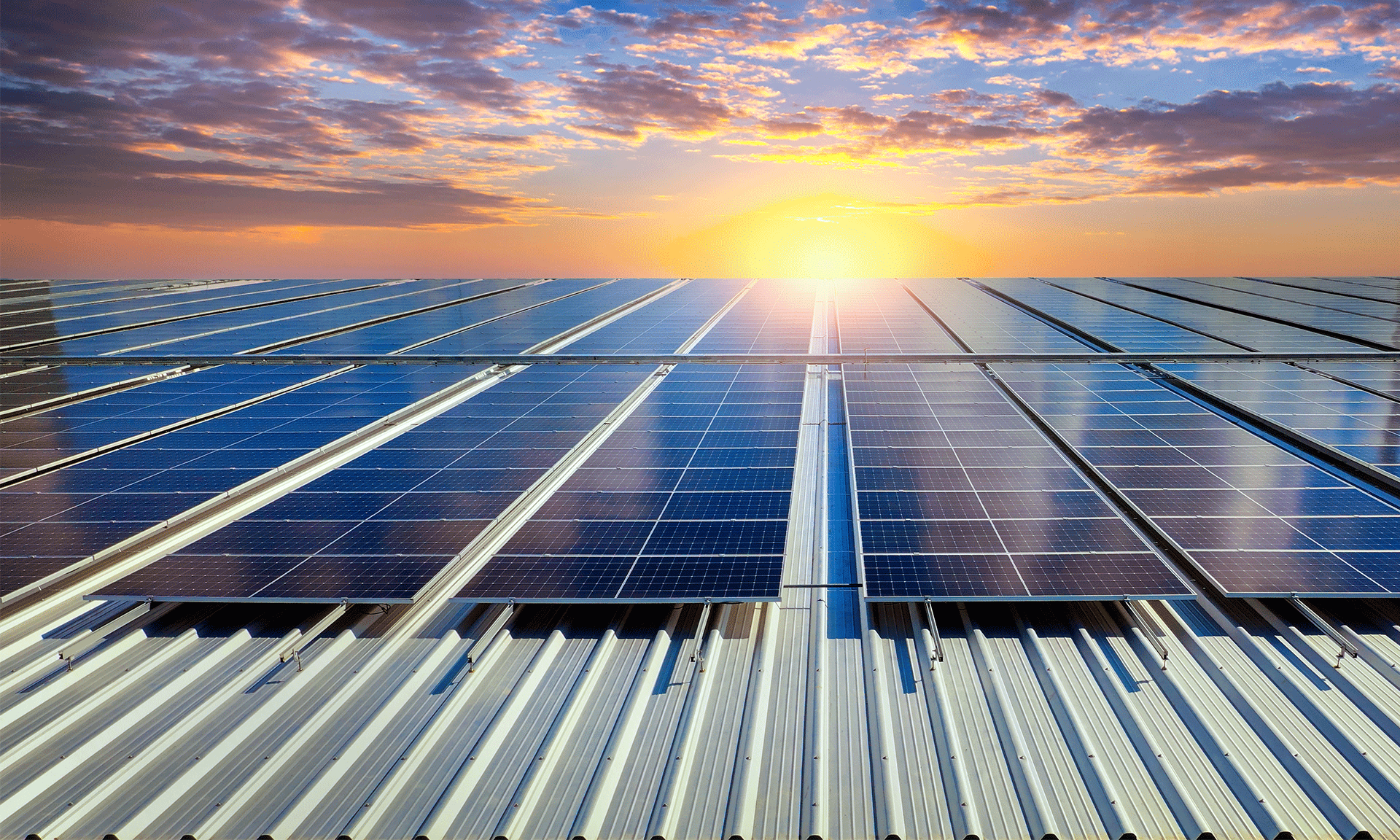Southeast Asia is one of the fastest-growing economies in the world today with nearly 10% of the world’s population residing in the ten member countries of the Association of Southeast Asian Nations (ASEAN) including Vietnam, Singapore, Brunei, Indonesia, Thailand, Cambodia, Philippines, Malaysia, Myanmar, Lao People’s Democratic Republic. Geographically, Southeast Asia is a tropical region favouring Solar energy as the best renewable.
Why Solar Energy Transition?
Rapid industrialisation in the ASEAN and the governments’ commitment to 100% electrification of households are transforming the economic and energy outlook in this region as policymakers across many of these countries are striving to meet the growing energy demand in a secure, affordable and sustainable manner for improving the quality of life of their citizens. Several incentives and support schemes have also been announced by the government of these countries to encourage the renewable energy sector.
As the rising energy demand in Southeast Asia has already outpaced the available energy supply within this region due to declining reserves of fossil fuel, the renewable energy sector is expected to take the driver’s seat with solar technology primarily fueling the growth of the regional renewable. Southeast Asia is presently working on a massive plan to take the renewable energy capacity from 517GW in 2020 to 815GW by 2025.
How is the Solar Energy Outlook in Singapore?
Singapore is intensifying its focus on solar PV installations due to shortage of land for wind energy and hydroelectricity installations and promoting the SolarNova program launched in 2014 by the Economic Development Board (EDB), the strategic measure for solar Photovoltaic (PV) growth.
The country added 296MW capacity over the last four phases spanning over 2015 to 2020 and another 60MW capacity has been installed this year. The rooftop solar PV installations on public housing are becoming most common.
The sea city is gradually approaching the next target of a minimum of 2GW of solar energy by 2030 that can cater to the demand of 350,000 households. The country is also investing in the R&D of floating solar energy for future expansion.
Singapore has demonstrated its commitment towards becoming a low carbon economy with a proposal of USD 1.8 billion investment from its foreign reserves for green financing. Government-owned Temasek in partnership with Black Rock has already invested USD 600 million to lower its carbon footprint.
How is the Solar Energy Outlook shaping in other parts of Southeast Asia?
Countries leading the region’s renewable energy initiatives are Vietnam, Thailand, the Philippines, Malaysia and Indonesia amounting to almost 84% of the total installed renewable energy capacity and setting an ambitious target of a 23% renewable energy share in the total primary energy supply by 2025.
Recently Vietnam has overtaken Thailand in installed solar power generation with an increase in PV capacity from a mere 86 MW in 2018 to 16,500 MW at the end of 2020 having the largest installed capacity for solar power generation among members of the ASEAN mainly contributed by rooftop solar as space is scarce in the country. Amendments in the public-private partnership regulation have also been a contributing factor for the solar PV boom.
Thailand is the second country in the Solar energy race contributing to 17% of total installed capacity in the region and has set a target for 30% of the country’s total energy consumption from renewable sources by the year 2036. Rooftop solar is playing the most predominant role in advancing its energy transition.
Improving the share of renewables in the total energy requirement from 2% in 2019 to 20% by the end of 2025 is the target for Malaysia with an approximate investment of USD 7.9 billion mostly for the solar system infrastructure. The government has also floated a tender for 1GW of solar projects under the fourth round of its Large Scale Solar (LSS) procurement programme.
Indonesia too plans to enhance renewable energy percentage from 9% in 2020 to 23% by 2025 and can generate 640000000 GW of solar power placing the country on the strong ground for achieving 100% green electricity by 2050.
The Philippines in its National Renewable Energy Plan specifies targets for a minimum l34GW of renewable energy installations by 2040 and plans for 100% foreign ownership for attracting foreign investment in this sector.
Bottomline
It is believed that the renewable energy sector in ASEAN region after the covid pandemic would recover in 2021 driven by the resumption of economic activities and support policies of various governments.






















 IMC Group
IMC Group